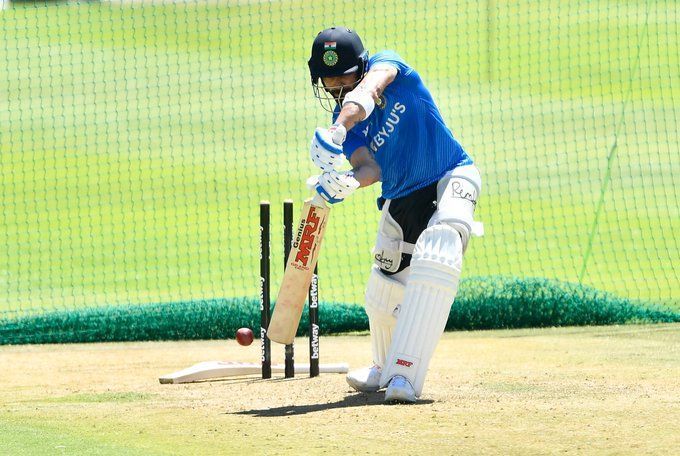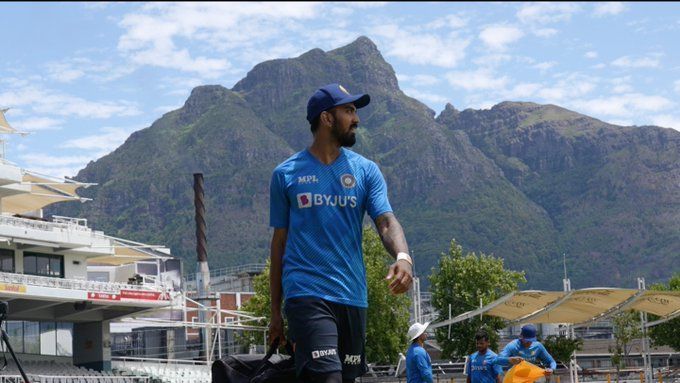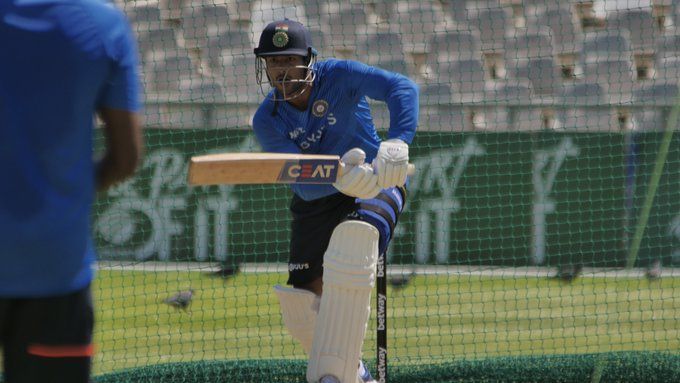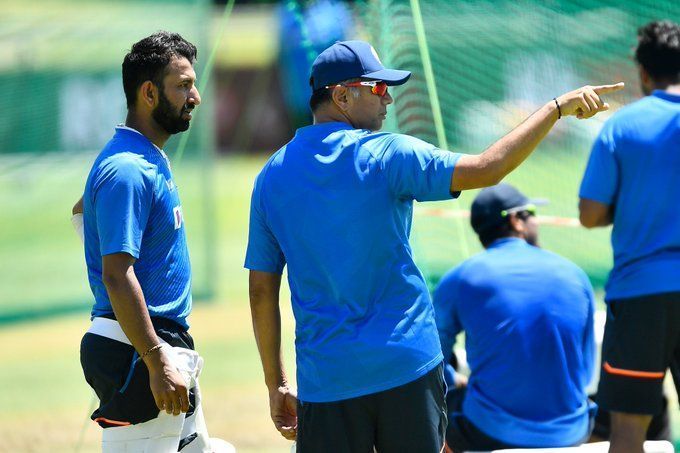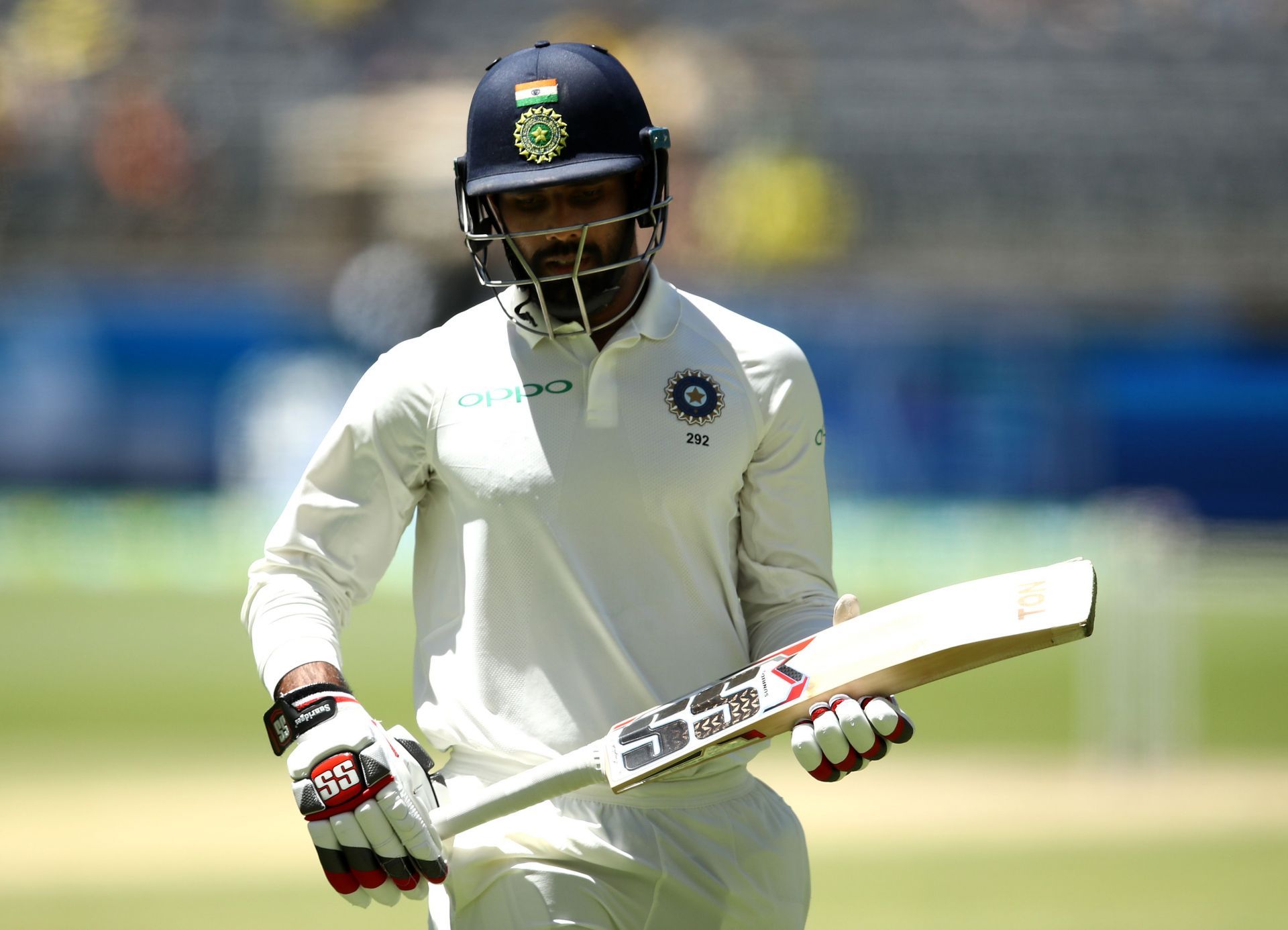
Hanuma Vihari - An underappreciated cricketer who needs to play more
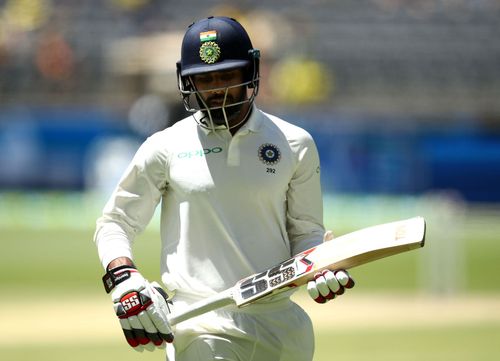
A few days ago at the Wanderers, Hanuma Vihari walked out to bat in the second innings, with India battling to fashion a significant lead. The visitors, who had been shot out for 202 in the first essay, were staring down the barrel at one point, especially after KL Rahul and Mayank Agarwal had been dismissed.
Yet, they found a way to push the lead above 200 – a lead that many, at the time felt, would be enough to guarantee victory. Ajinkya Rahane and Cheteshwar Pujara, who had notched up half-centuries, earned a considerable share of the plaudits. So much so that Vihari, who played just as crucial a knock (if not more) was marginalized again.
This game, by the way, was being played in the backdrop of Virat Kohli’s unavailability, meaning that there would’ve always been a sword hanging over one of these three batters.
Kohli, if fit, still walks into the Indian side. Not just because he remains a batter of incredible pedigree, but also because he happens to be the captain. Thus, it’s fair to say that with a solitary night’s sleep left before the 3rd Test, India have an almighty headache trying to fit three batters who, if runs are the sole metric, performed admirably.
However, there is another spin to this entire story – a spin that illustrates this particular debate shouldn’t even be a conversation and that Vihari, who has long been underappreciated, deserves a longer rope, with respect to his place in the side.
To argue Vihari’s case, just days after Pujara and Rahane finally produced the “tough runs” they have been proclaiming they’ve been getting in the past couple of years, seems absurd.
Pujara even remarked that form is temporary and that class was permanent. By that yardstick, though, Vihari should also be an incumbent because, well, he was only the best Indian batter on display at the Wanderers.
The pitch at Johannesburg played all sorts of tricks. The ball bounced extra when it was least expected to, whereas it also scooted along the ground on occasions. There was also a bit of lateral movement, meaning that no batter managed to get on top of the bowlers.
Hanuma Vihari looked very composed at the crease
Vihari, however, came closest, courtesy of his combination of playing the ball late and playing it as close to the body as possible. A few of his illustrious batting partners (Pujara and Rahane) had wafts outside off stump and also planted their front foot without any knowledge of what the ball was going to do. That unsurprisingly led to their downfall too.
With similar assistance for the pacers expected at Cape Town, there is enough of a case to keep Vihari in the team. Not just because he looked more assured, but also because he has runs to back up that notion.
The initial inclination might be to point towards the runs Pujara and Rahane got in the second innings. There is truth to it too because both registered fifties. Yet, neither showed the sort of control you expect from your front-line middle order batters.
Their knocks, to an extent, was very skittish and had the rub of the green gone South Africa’s way, the experienced pair might’ve been back in the shed long before they were eventually dismissed.
Vihari, on the other hand, batted with the tail for much of the second innings and still managed to keep things tight on his end. There were instances where he could’ve gotten carried away, especially when Jasprit Bumrah and Marco Jansen were involved in an uncordial conversation.
But Vihari didn’t. He slipped into his zone and concentrated on thwarting whatever the Proteas threw at him. His application also led to resignation among the South African ranks, with them then trying to get the batter at the other end dismissed.
Apart from that, Vihari seems to be the glue that can hold together what is becoming an entertaining but highly inconsistent middle order. Kohli, as has been well publicized, hasn’t scored an international century in the past couple of years, whereas Rishabh Pant also has a tendency to indulge in injudicious stroke-play.
During such phases, it is imperative that the other middle order batters shoulder the burden. What Pujara and Rahane have done, though, is that they’ve transferred it onto their teammates and have rarely contributed.
The 2nd Test against England in August 2021, which was arguably the last time Pujara and Rahane scored “tough runs”, also hung in the balance when both batters were dismissed. India weren’t even out of the woods and had Bumrah and Mohammed Shami not produced a performance for the ages, the Men In Blue could’ve lost that encounter altogether.
At Johannesburg, something similar happened, with Pujara and Rahane getting dismissed just as India were looking to establish a bit of control. Though Pant didn’t cover himself in glory, the fact that two set batters departed in quick succession hurt the visitors massively.
As things stand, both Pujara and Rahane are getting the adequate number of runs to stay in the team (a metric only the team management is aware of). But they aren’t doing enough to make India win games of cricket and that is where this problem needs addressing.
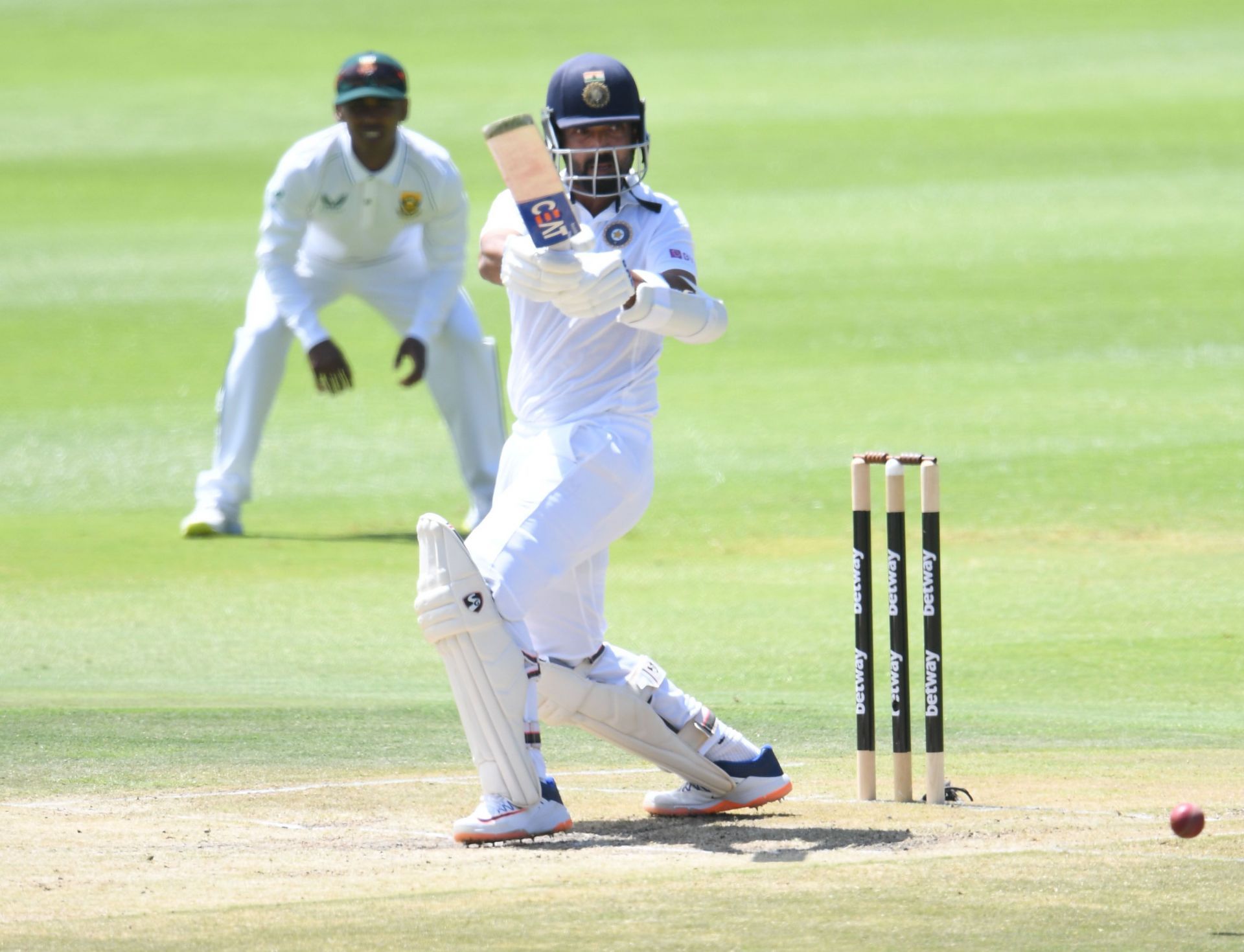
In contrast, Vihari has done everything India could’ve asked from him in the past few months. At Sydney, much of the attention revolved around how Ravichandran Ashwin soldiered through with a back injury and kept Australia at bay. Vihari, too, was severely hamstrung but still managed to bat out an entire session.
Rather amazingly, that game-saving knock at Sydney remained his last Test until he turned up at the Wanderers. That Vihari was only drafted in as a last-minute replacement for Kohli elucidates that story perfectly.
The other option where Kohli, Pujara, Rahane and Vihari co-exist in harmony would be if India decide to shelve their five-bowler policy. That, though, comes with its fair share of caveats, meaning that that isn’t advisable either.
So, the ball, as things stand, is in the team management’s court. They have, rather unabashedly in the past, professed their support for Pujara and Rahane. From that perspective alone, it would be ironic if they were to be dropped, just when they have scored fifties (which, by the way, hasn’t been a common occurrence).
But a look at the present highlights that Vihari brings to the fore all the qualities that you would expect from a middle order batter – something that Pujara and Rahane had provided in their prime but look very far from doing so currently.
Whether India sticks or twists remains to be seen. Yet, you feel that this particular conundrum has the potential to define their Test series and of course, define Vihari’s career, which has been regularly cut short after encouraging displays.
Vihari is as underappreciated a cricketer as any, meaning that it wouldn’t be a surprise if he sits out at Cape Town. He simply needs to play more but it won’t astonish people if he is only looked at as a glorified second-choice.
The unfortunate bit is that three years after his debut, Vihari finds himself placed exactly where he began – with a sword constantly hanging over his head and with an axe ready to fall, irrespective of whether he performs or fails.
